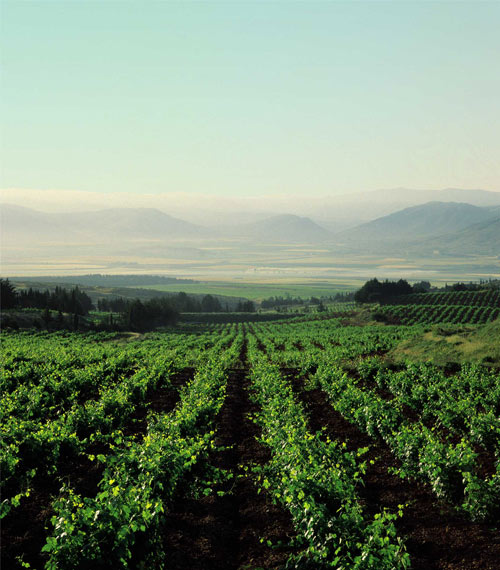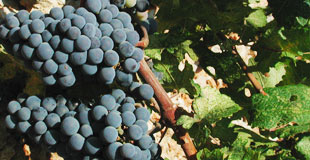Nothing beats the feeling of ending something in a good note. So here I am, ending this blog by applauding a quality news feature.
 |
| By Andrew Testa. Source: The New York Times |
Strand wrote that these pop-ups run by rising chefs or “gifted veterans” of famous restaurants are dazzling “activist diners” – those that want to see these rising chefs in action before they become famous. And Strand used a good quote from Daniel Young, an online food journalist, to illustrate this point: “You want to be able to say you saw Bob Dylan when he was at the Folklore Center.”
But making good use of quote was only one of the many techniques Strand used to add colour and flair to this article.
To summon readers into a trance, Strand spent some effort in setting scenes even in this 1500-word article. For example, at the beginning of the article, he drew this picture: “That the locations are often secret, sometimes dramatic and operate in a regulatory gray area only adds to the sense of culinary adventure.” Another example was used to describe Dock Kitchen, where exotic dishes meet English classics: “…a light-filled glass shed on top of a renovated Victorian factory reached by pressing a buzzer and climbing a flight of stairs along a canal…”
Also, I particularly admire Strand’s good use of juxtaposition to let facts stand out: food that have “Michelin-starred precision” on Ikea plates; amateurs trying to cook like a professionals in underground restaurants in the United States versus professionals cooking in an amateur’s kitchen in London’s pop-ups.
Apart from the writing, the webpage features a lot of high quality images to support the article. There are pictures that echo the “part recital and part art happening” nature, the “dinner party” feeling, the “guests helping out” practice at these pop-ups etc.
I highly recommend this article. Strand’s ability to craft eloquent writing while weaving in all the important information and facts throughout inspires me. In fact, I’m now following him on twitter.






